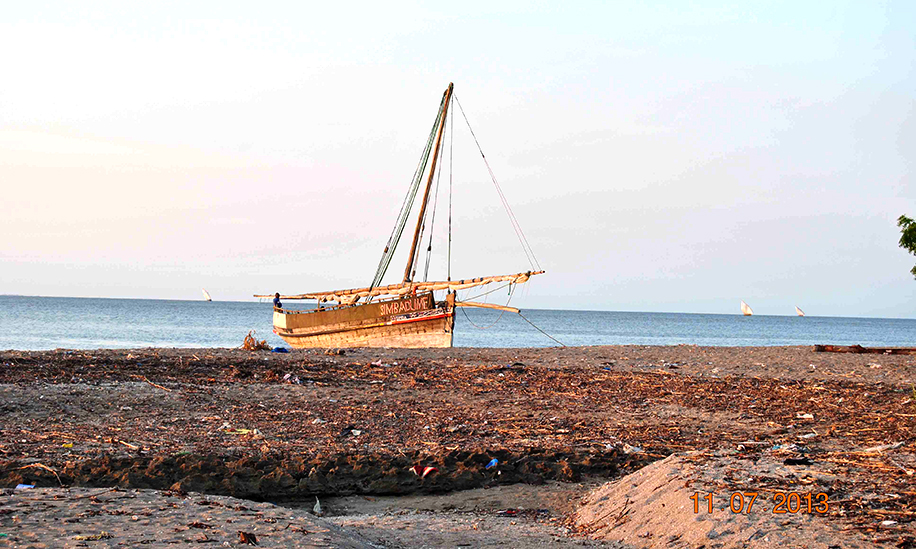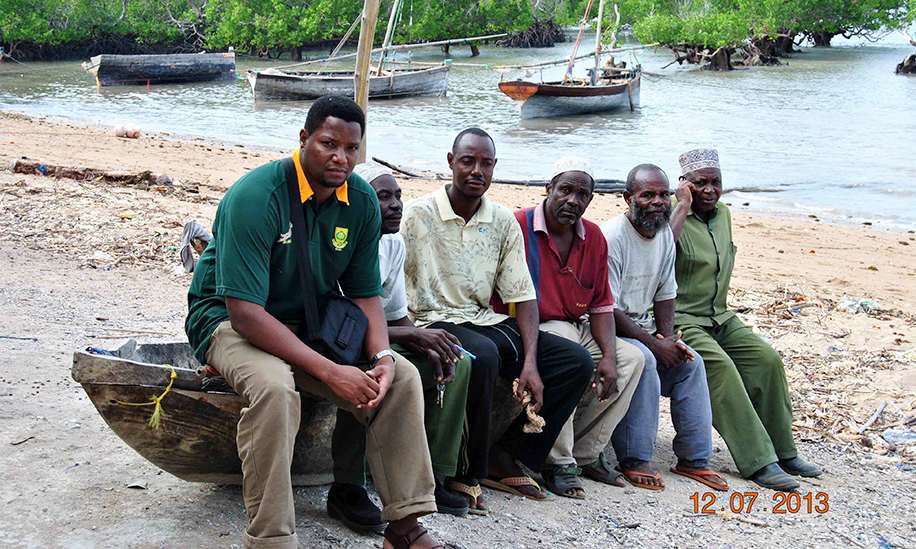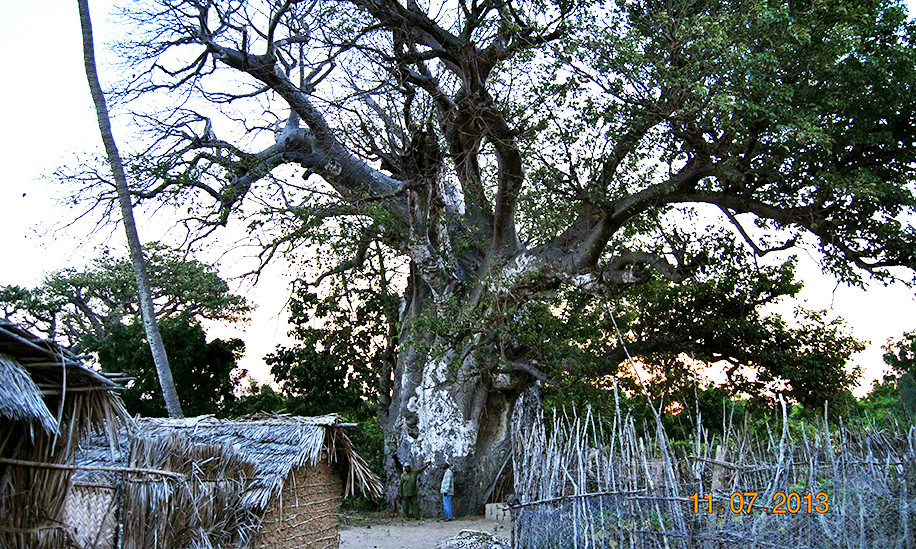Tanzania’s Kwale Island has an area of 7.1 square kilometers (2.7 square miles) and is located approximately 140 kilometers (87 miles) south of Dar es Salaam. The island is located in Mkuranga District, Pwani Region and has a population of nearly 2,500. A 300-hectare (741-acre) mangrove forest is located on the island, and the surrounding marine waters are a renowned ecological hotspot. There are various turtle species, whale sharks, migratory humpback whales, and the only resident population of dugongs along the East African Coast. The people on the island depend on the extensive coral reefs, mangroves, and seagrass beds. But these natural resources are being damaged from overfishing, use of destructive gear, clear-cutting, and climate change.
Local organizations Action for Conservation, Research and Development in Africa and Umoja wa Wavuvi Wadogo Wadogo Dar es Salaam are launching a project to enhance stewardship of coastal and marine resources. They are working to protect Kwale Island’s mangrove forest and species such as turtles, dugongs, and whale sharks.
The community has agreed to protect its 300-hectare (741-acre) mangrove forest for at least 10 years. In return, Seacology is funding construction of a 600 cubic meter (158,503-gallon) cistern to store rainwater for the dry season. There are no sources of freshwater on the island, and most residents lack access to potable water. The lack of clean water causes health problems, affecting the island’s children in particular. Seacology will also fund conservation-related activities such as demarcation of the protected area and mangrove replanting.






